Gravity Research Foundation Monument
This stone is a marker of one millionaire's personal vendetta against gravity.
Self-made millionaire Roger Babson was a busy man. On top of predicting the stock market crash, running for president as a Prohibition Party candidate, and founding Babson College, he was also fighting a ceaseless battle to rid the Earth of the scourge of gravity.
Babson laid out his beef with natural law in a 1948 essay entitled “Gravity - Our Enemy Number One.” In the manifesto, he writes that gravity was to blame for the death of his sister, who drowned at a young age “unable to fight Gravity which came up and seized her like a dragon and brought her to the bottom.” Later in the essay he holds gravity responsible for millions of deaths and accidents per year, including not only events like plane crashes, but also broken bones and intestinal issues.
That same year, Babson founded the Gravity Research Foundation (GRF) outside Boston, an organization with the ultimate goal of discovering a gravity shield. In the 1960s, the GRF gave grants to 13 colleges and universities, stipulating that the money was for anti-gravity projects. Each grantee also received a tombstone-like monolith - like this striking pink stone at Emory University - “to remind students of the blessings forthcoming when science determines what gravity is, how it works, and how it may be controlled.” The stone quickly became a student favorite - so much so that when it was placed in storage after three decades by the science center, Emory alumni lobbied successfully for its reinstallation. (Tufts uses their GRF monument as the site of an inauguration ceremony where cosmology Ph. D. students get apples dropped on their heads.)
While the GRF is no longer an explicitly anti-gravity organization, it’s still around and well-respected. The foundation holds an annual essay contest on gravity-related topics - an award that has been won by at least four people who would go on to win the Nobel Prize in physics.
Know Before You Go
On the ground in a courtyard, outside the Emory University Math and Science Center.

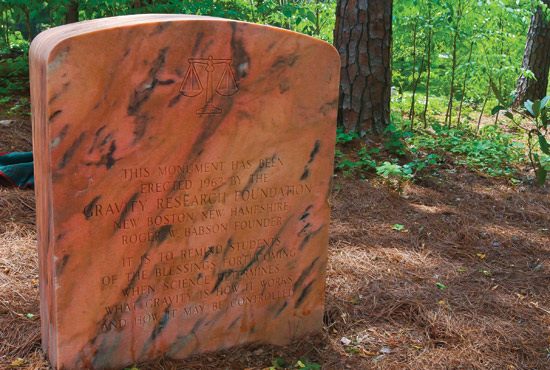




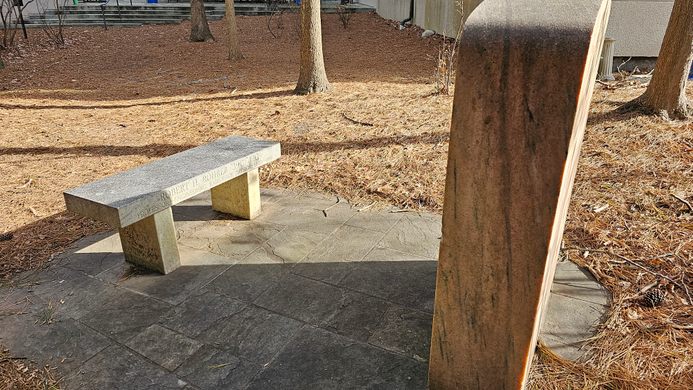







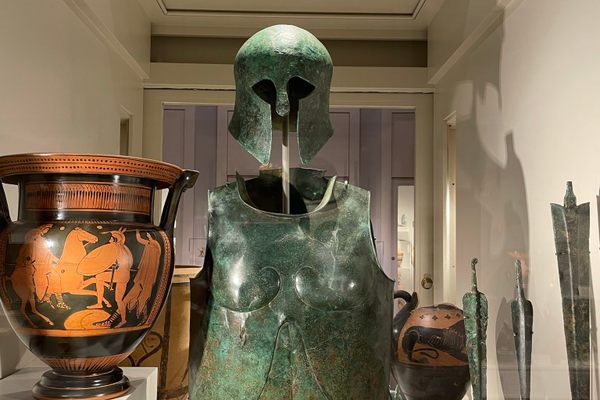




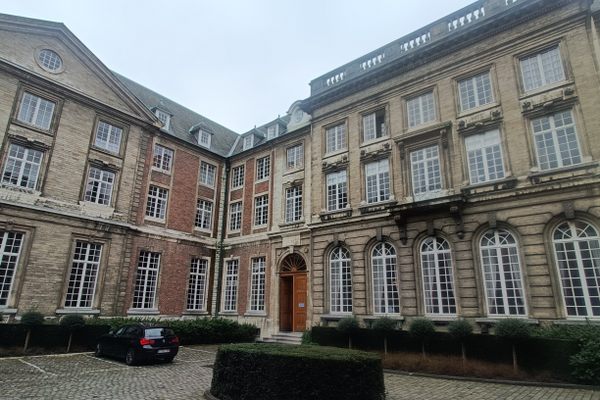
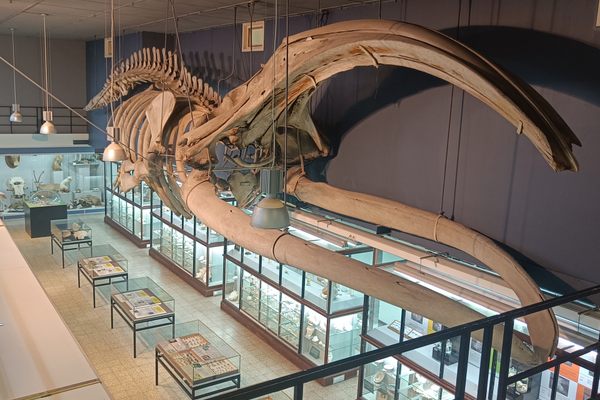
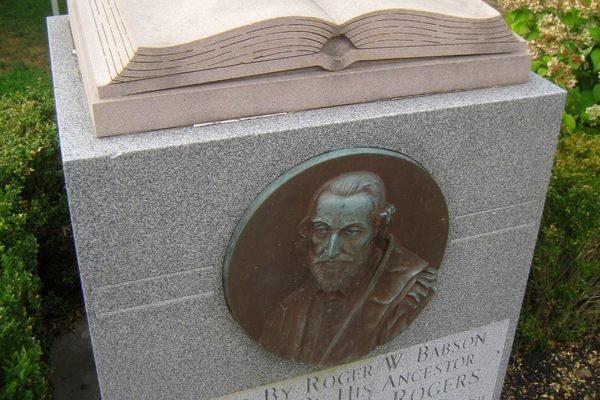


Follow us on Twitter to get the latest on the world's hidden wonders.
Like us on Facebook to get the latest on the world's hidden wonders.
Follow us on Twitter Like us on Facebook